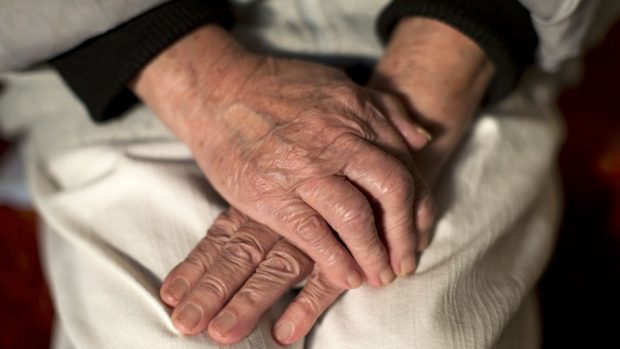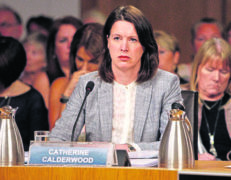Shock figures have revealed a “staggering” spike in the number of people dying in the north-east last winter.
The region recorded its highest winter death rate this century, with 495 of the 2,272 fatalities in Grampian between December and March being attributed to the “seasonal difference”.
It compared to 280 “additional” deaths during the colder months in the north-east in 2016/17 and 270 in 2015/16.
In Aberdeen, there were a total of 918 deaths last winter, but fewer than 680 in the four months before and after.
The Age Scotland charity last night described the statistics for Aberdeen as “particularly worrying” and urged residents to get flu vaccinations and review their energy tariffs before the temperatures plummet again.
But the National Records of Scotland (NRS) statistics were published on the day that The Press and Journal revealed that fewer than half of all health workers in the nation were given a flu jab last year.
Adam Stachura, Age Scotland’s head of policy, said three-quarters of winter deaths in Scotland were people of 75 years and older.
“These figures are staggering and a real shock to the system,” he said.
“The large spike in deaths last winter in Aberdeen is particularly worrying,” he said.
“The majority of last year’s deaths were caused by flu and pneumonia, respiratory conditions, dementia and circulatory conditions like stroke.”
He added: “Three things that people in Aberdeen can do to lower their risk of illness this winter is make sure to get their flu vaccination this autumn to protect them over the winter, review their energy tariff so they are on the cheapest rate and get a free benefits check to ensure they have every pound they are entitled to.”
The 37% rise in the number of tragedies when the colder months are compared to spring and autumn represented the highest spike in the city in at least a decade and the largest jump in Scotland last year.
It meant that 250 extra deaths were put down to the “seasonal difference” in the Granite City, compared to 60 additional fatalities in the winter of 2016/17 and 100 in 2015/16.
>> Keep up to date with the latest news with The P&J newsletter
In Aberdeenshire, the data showed that a total of 954 people died in the winter months, including a seasonal difference of 172, or a rise of about 22% on the preceding and subsequent months – the highest rate in three years.
Moray’s score on the winter mortality index was 23%, while the rise in Highland was 19%, in Argyll and Bute it was 18%, in the Western Isles it was 31%, in Orkney it was 21% and in Shetland it was 28%.
Across Scotland, there were 23,137 deaths last winter, the highest number since 1999/2000, with an increase of 26% recorded compared to the non-winter months.
Tom Mason, Scottish Conservative MSP for the north-east, said: “Grampian’s record on winter mortality, among people of all ages, is grim.
“It is the highest it has been for a decade, during which time the SNP have been in charge of Scotland’s health services.”
Dr Catherine Calderwood, Scotland’s chief medical officer, said: “Every year in Scotland, around two-thirds of people who get severe flu and need intensive care treatment have a health condition such as chronic lung or heart disease.
“Last winter, Scotland had its highest flu rates for seven years, a pattern seen across Europe and the United States, and it is likely that flu was a significant factor in many deaths, particularly among older people and those with long-term conditions.
“Flu vaccines are available free to all eligible adults, including everybody aged 65 and older, and protects against a number of different flu strains. Vaccination remains our best defence against flu, and I urge people to take up the offer of a free vaccine.”











